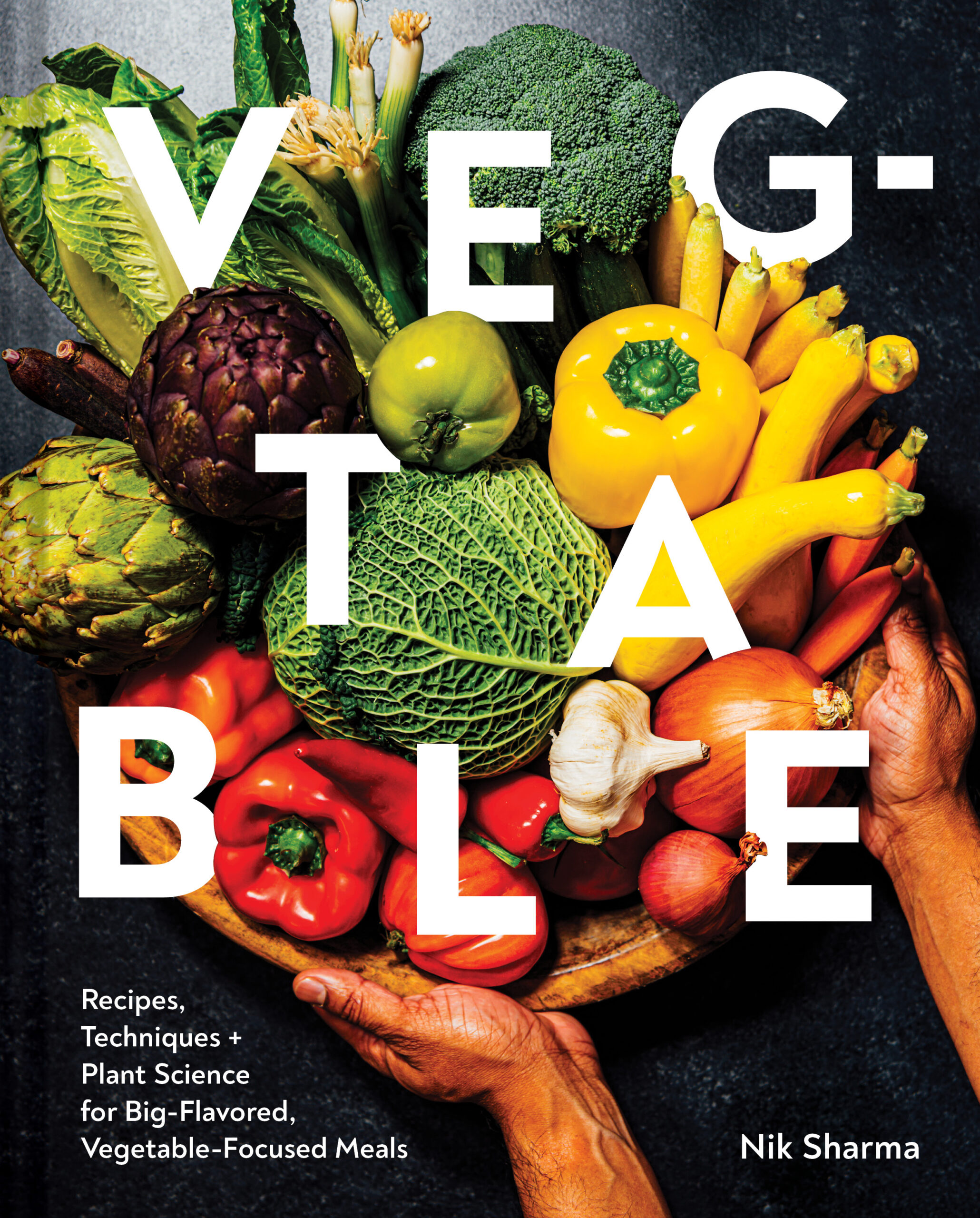Enter the bundt cake. What Makes A Bundt Cake Special? Nostalgia and memories aside, I think there is one important reason we’re drawn to bundt cakes. Bundt cakes are an easy way to make a simple cake look fancy. Even an ordinary cake baked in a bundt takes on a majestic shape defined by those characteristic repeated geometric patterns making it look elegant. I own a few bundt pans (not too many), some that I’ve purchased and others that I’ve found at thrift stores. Nothing too complicated in the looks department. I usually stick to the simpler molds, and in general, I find that the more convoluted and twisted the bundt pan shape, the trickier it becomes to get the cake out in one piece. No one wants to deal with one half of the cake stuck inside the pan; it can bring you to tears (I’m speaking from experience). Releasing Bundt Cakes To help with a trouble-free cake release, I do two things. I first grease the insides of the bundt pan with butter and then sprinkle sugar all over. After the cake bakes, I let the cake rest in the pan for 5 minutes. The steam emanating from the sides of the hot cake will help with release. I’ve never liked using butter and flour, the flour not only leaves white marks on the baked cake, but the taste of uncooked flour on the cake is unpleasant. Sugar, on the other hand, caramelizes during baking and enhances the flavor of the cake. No reviews 1 ½ cups/300 g sugar plus 1 tsp to dust the bundt pan 2 ½ cups/350 g all-purpose flour 3 ¾ tsp baking powder 1 ½ Tbsp Assam or Darjeeling loose tea leaves, finely ground to a powder 2 ½ tsp chai masala, homemade or store-bought ½ tsp fine sea salt 4 large eggs, at room temperature 1 cup orange or bergamot marmalade Comment * Name * Email * Website Save my name, email, and website in this browser for the next time I comment.
Δ




